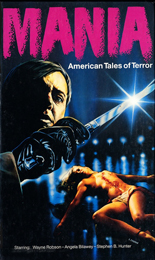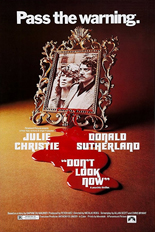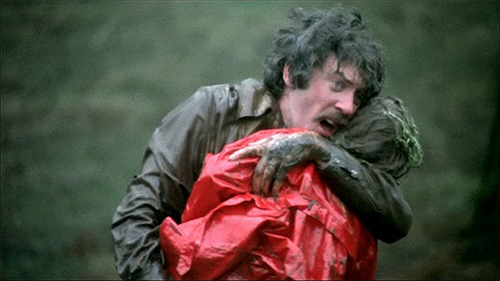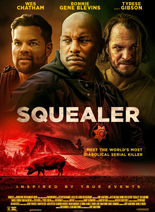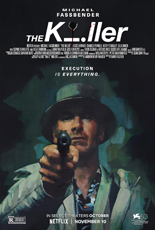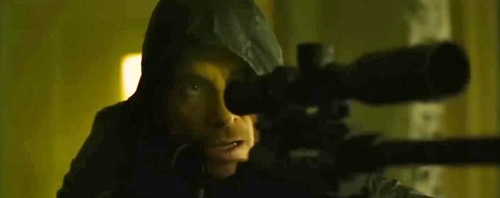
Inside, directed by Vasilis Katsoupis and written by Katsoupis and Ben Hopkins, features two taglines: “This is not Willem Dafoe” and “A solitary exhibition.” And these two phrases tell you just about everything you need to know about the film. The first is undoubtedly a reference to surrealist René Magritte’s The Treachery of Images, which is a painting of a pipe with the phrase “Ceci n’est pas une pipe” (“This is not a pipe”) written below. This allusion indicates the film concerns itself with the art world and may itself be surreal in nature (it does and it is).
The second tagline, in conjunction with the first, sums up just what the proceeding hour and 45 minutes will be: Dafoe playing a character in total solitude. And aside from a few supporting players who pop up in this character’s world (and his dreams), that is exactly what Inside is.
It follows art thief Nemo (Dafoe, of course), who breaks into a high-tech New York City penthouse owned by an art collector and dealer away on a business trip for an indeterminate amount of time. Nemo’s there to steal works by Austrian Expressionist Egon Schiele, especially a $3 million self-portrait, which he cannot locate. When he attempts to leave with the other paintings, an alarm system sounds and traps Nemo within the home. His cohorts, circling the building in a helicopter, abandon him, leaving Nemo to find his own way out. This proves far more difficult than he could ever have anticipated, almost as if the penthouse were built to be a prison.

Days go by. The days become weeks, and the weeks become months. The solitude begins to drive Nemo mad, and in his madness he begins to create a grand work of art of his own, writing and drawing on the walls in black ink. He talks to himself and to a cleaning woman he sees on security monitors, whom he names Jasmine. He sings and dances to himself as well, all while working at the frosted glass of a skylight high above, which Nemo accesses via a makeshift scaffolding he constructed himself out of furniture and which resembles an avant-garde sculpture in its own right. It’s a combination of form and function, oddly interesting from an aesthetics standpoint while also serving as a potential means of escape, assuming Nemo can remove the glass and crawl outside.
The phrase “This is not Willem Dafoe” is especially on point here because the actor disappears into the role. We truly forget the fiction and become absorbed in this man’s quest to survive. This is achieved primarily through Dafoe giving the performance his all, but also through Katsoupis and Hopkins’ script, which constantly ratchets up the external and internal stakes, be it through the scarce amount of food available to Nemo, to the fact that the sinks in the home don’t work, forcing the character to get his water from a still operational sprinkler system, to Nemo’s crumbling sanity, which takes a toll on his ingenuity, his ability to think rationally. We’re repeatedly asking ourselves, “How will he get out of this one?”
Admittedly, the fundamental premise of Inside can at times feel flimsy — why, for instance, hasn’t the art dealer employed someone to look after his multimillion-dollar home while he’s away? But the strength of Dafoe’s performance, the taut script and the incredible cinematography of Steve Annis all combine to eclipse such questions, creating a rich, engaging and overall satisfying viewing experience. —Christopher Shultz


